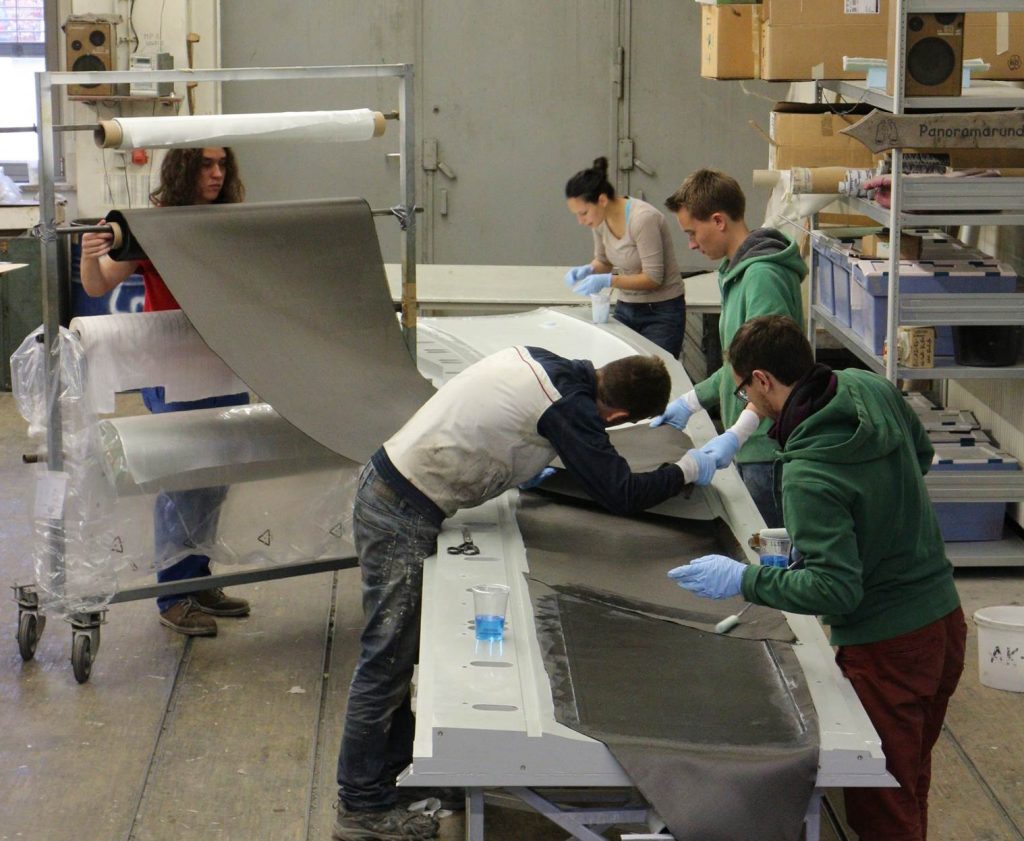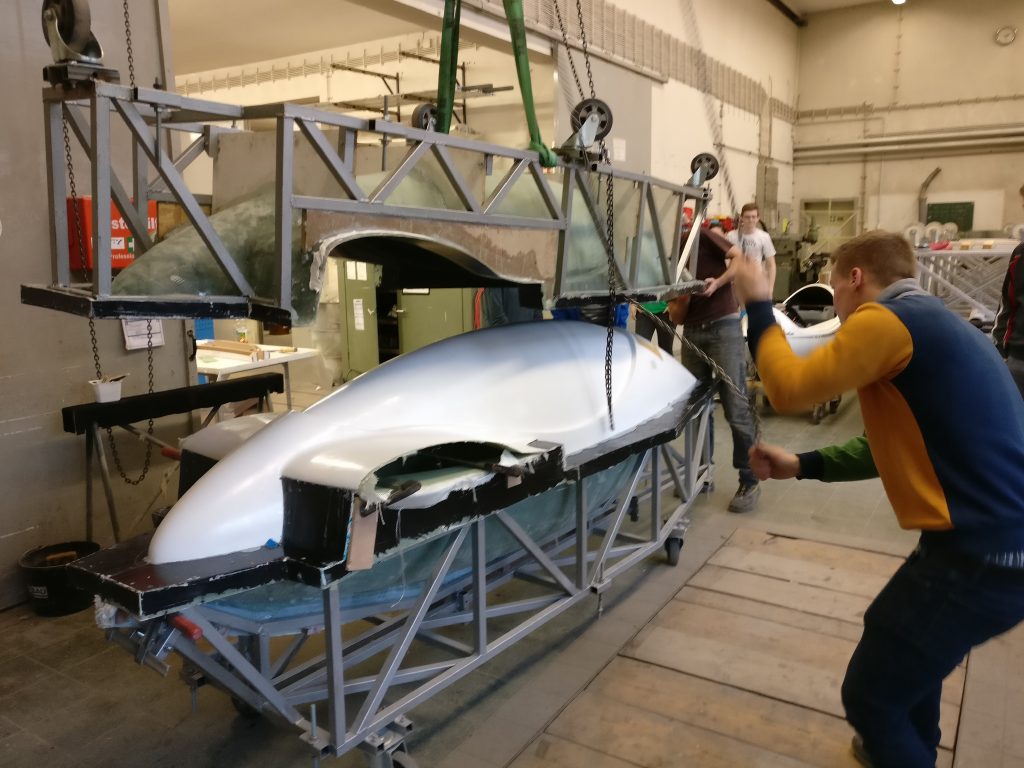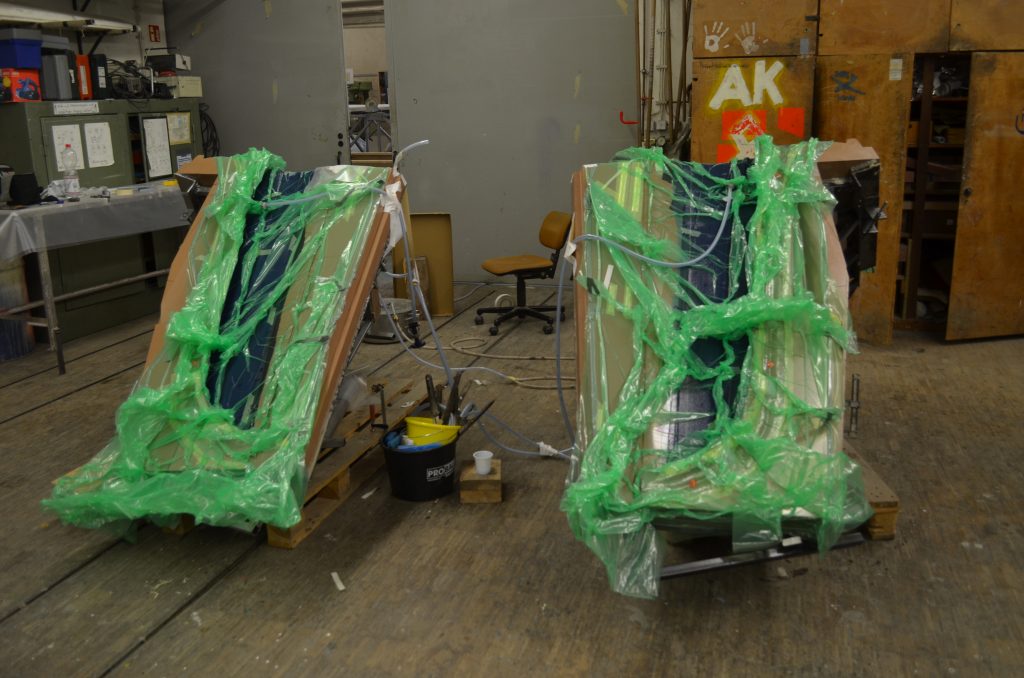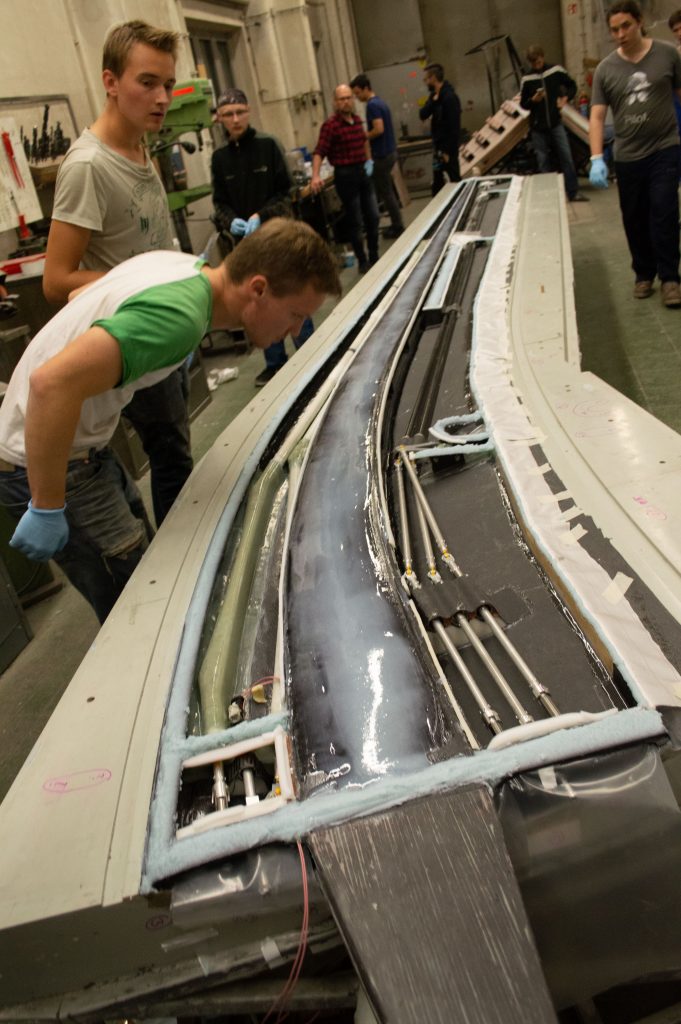AK-X
Since October 2010, we have been working on the AK-X project, the development of a new type of flying wing glider. Conventional concepts have been extensively researched and iteratively improved by manufacturers and Akafliegs in recent years. The Akaflieg Karlsruhe is pursuing an unconventional idea with great potential by designing and developing a flying wing glider.
Click here for the current project progress (German language) and here for our playlist on YouTube about the AK-X.
| Competition Class | FAI 15 m |
| Wing Surface | 10,2 m2 |
| Winglet Height | 1,4 m |
| Sweep | 25 ° |
| V-Shape | 2 ° |
| Maximum Mass | 550 kg |
| Maximum Speed | 265 km/h |
| ManeuveringSpeed | 195 km/h |
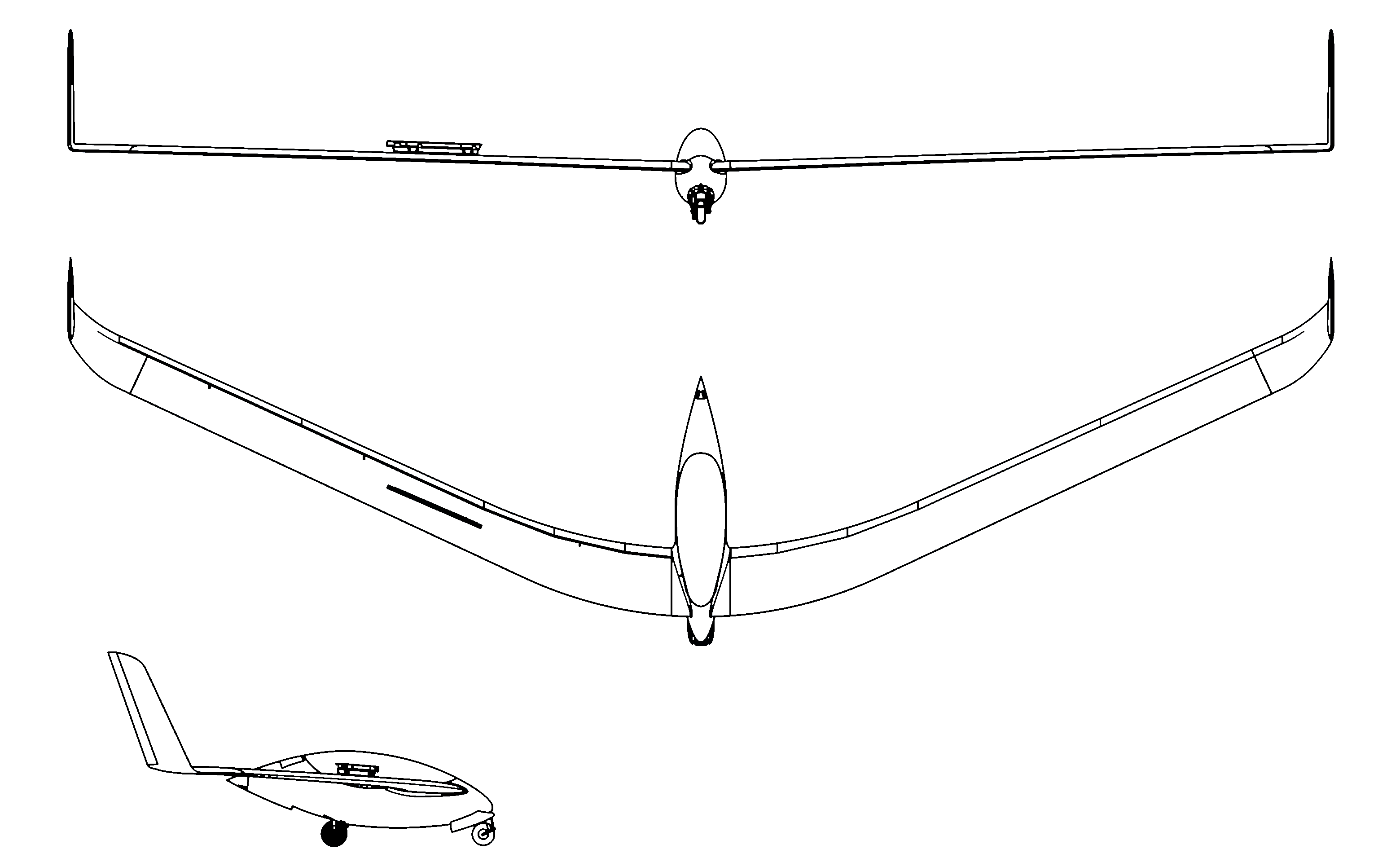

Design
The aim of the project is a tailless sailplane that offers high flight performance and good-natured and manageable flight characteristics.
A swept-back flying wing with winglets was chosen as the configuration, which means that high-performance airfoils can be used.
In the analysis of other flying wings (above all the SB-13 as the most similar design) and in initial model flight tests, typical flight mechanical problems were analyzed and pitch damping, stall behavior and altitude control were identified as the most important points.
In order to achieve pitch stability comparable to that of conventional aircraft, the wings of the AK-X are swept quite strongly at 25°. However, this poses further challenges: firstly, the ground clearance on the outer wing becomes problematic at high angles of attack. This is one of the reasons both for the decision in favor of the mid-wing variant (originally a low-wing variant was also considered) and for the use of flaps.
In addition, flutter is already an issue at relatively low speeds due to the coupling of wing bending and torsion. In order to still enable a maximum speed within the usual range, the wing structure is designed to be very rigid and the wingspan is limited to 15m.
For good-natured behavior during stall, an almost rectangular wing planform is used and the wing is geometrically set. As a result, the flow breaks off first in the area of the inner wing, which leads to relatively harmless forward stalling and reduces the risk of a completely detached flow.
In order to make the elevator control in particular efficient despite the lack of a tail unit, the AK-X has three-part wing flaps. These simultaneously fulfill the functions of aileron, elevator and flaps. For elevator control, the inboard (front) and outboard (rear) flaps deflect in opposite directions, which means that more lift and less drag can be achieved, especially in slow flight, than with a single elevator behind the centre of gravity.
For yaw stability and lateral control, the AK-X (like the SB-13) has particularly large winglets with integrated rudders. These reduce the induced drag through special profiling and ensure controllability through differentiated deflection of the rudder.
The aerodynamic design was tested and refined with several models in the scales 1:3.75 and 1:2. This also allowed flight characteristics and unusual flight conditions such as spins to be investigated, providing a certain degree of certainty regarding the characteristics of the man-carrying prototype.
On the structural side, the usual tests for glider construction are carried out (including fracture tests for wings and winglets) and general attention is paid to robustness (for example in the landing gear), so that safety reserves are always available in testing and normal operation.

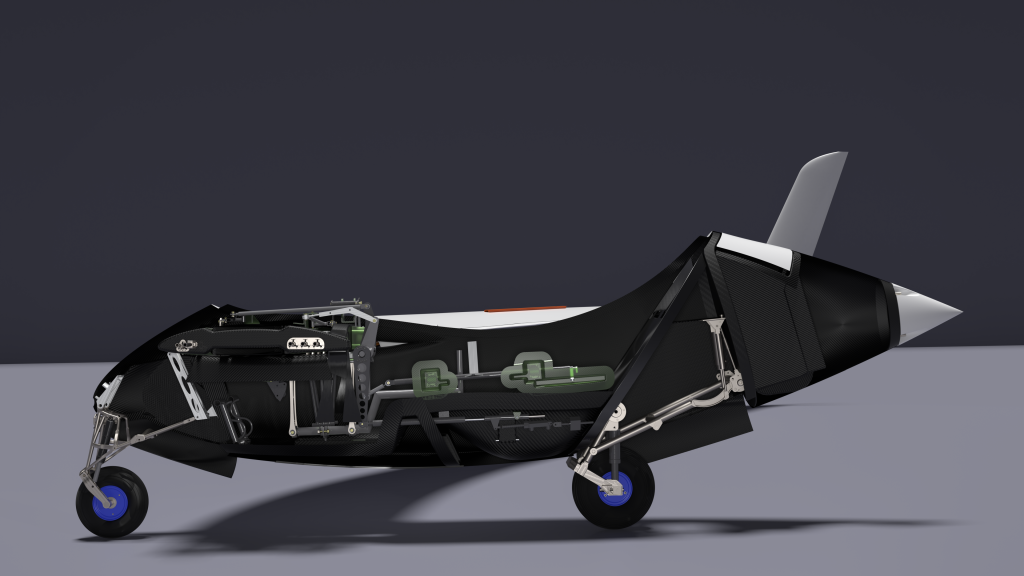
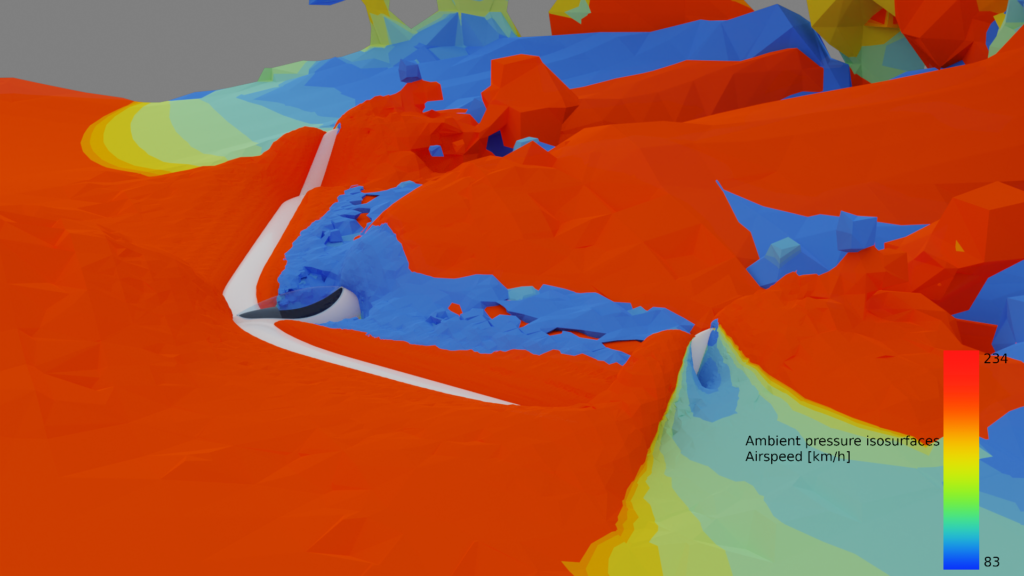
Project Progress
The best way to follow the progress of the project is via the articles in our blog (German language) or via our YouTube videos.
